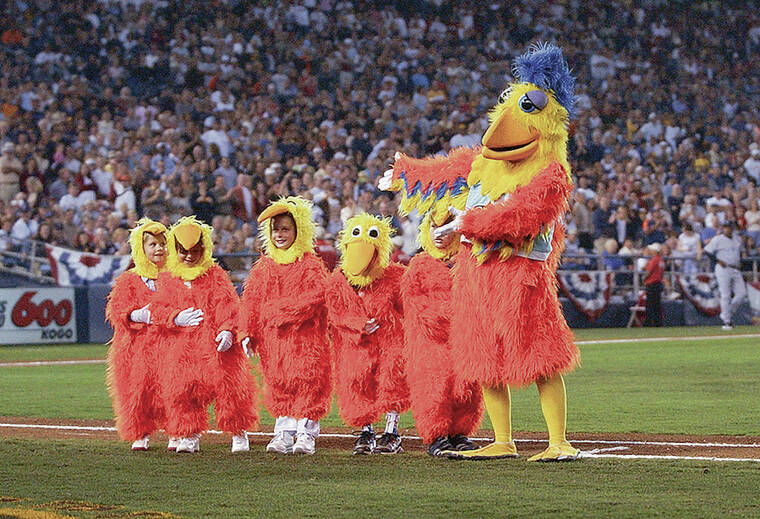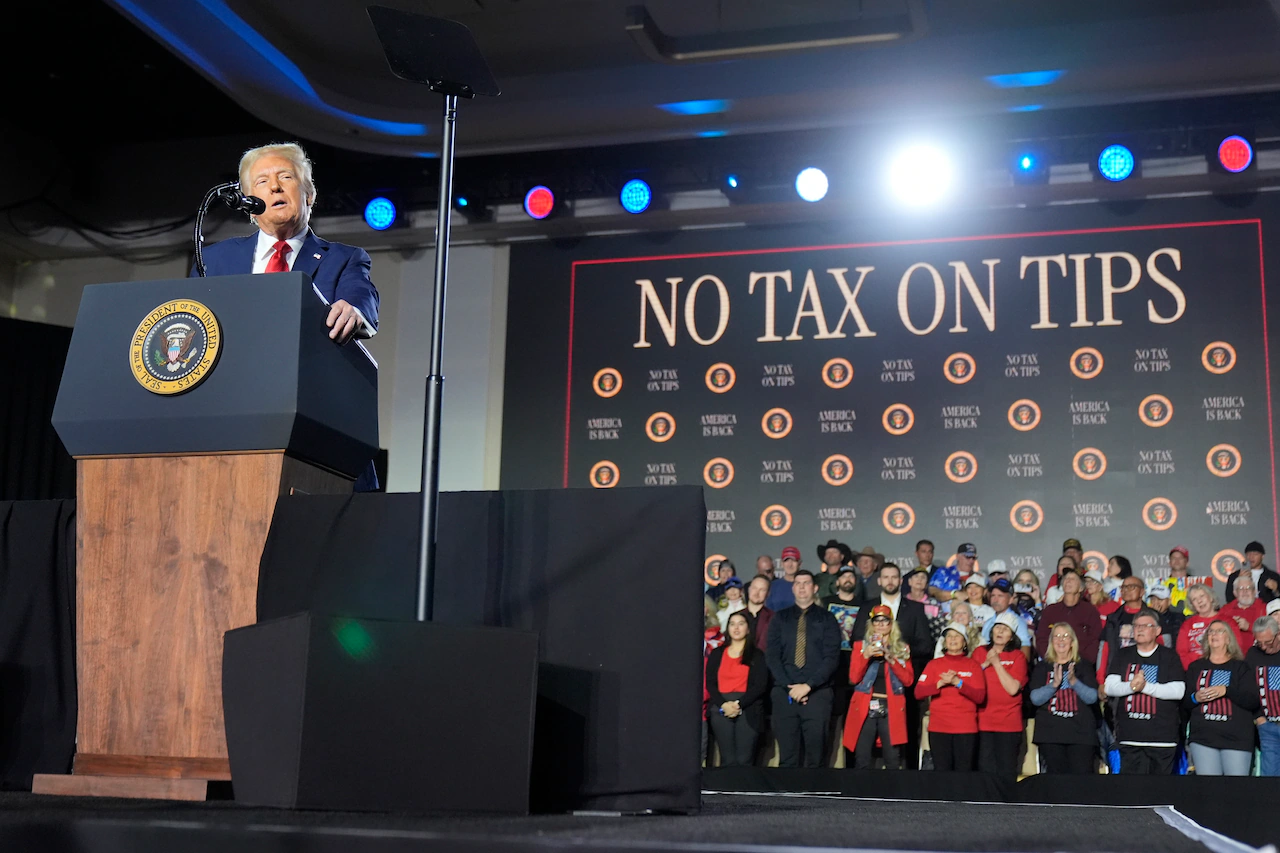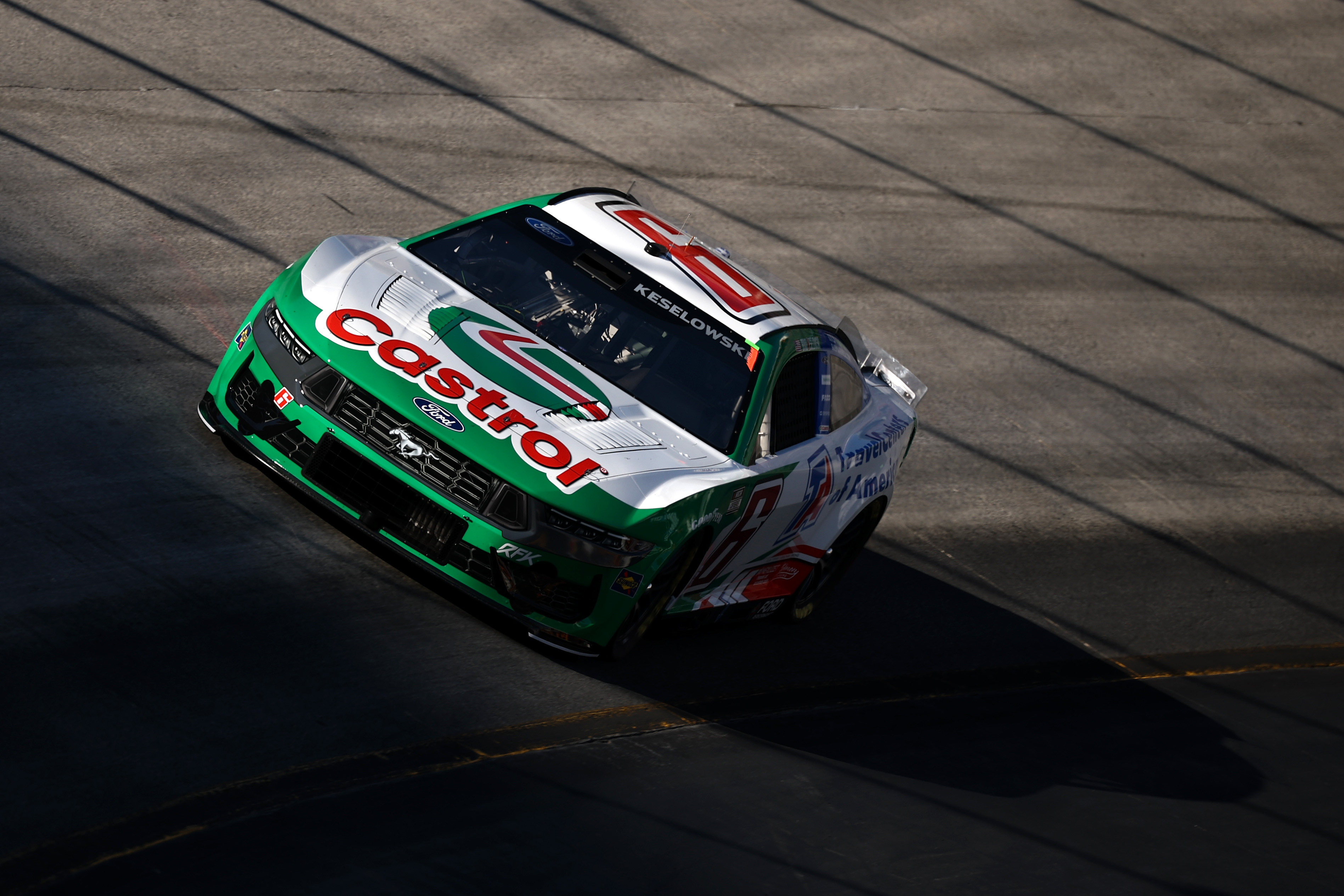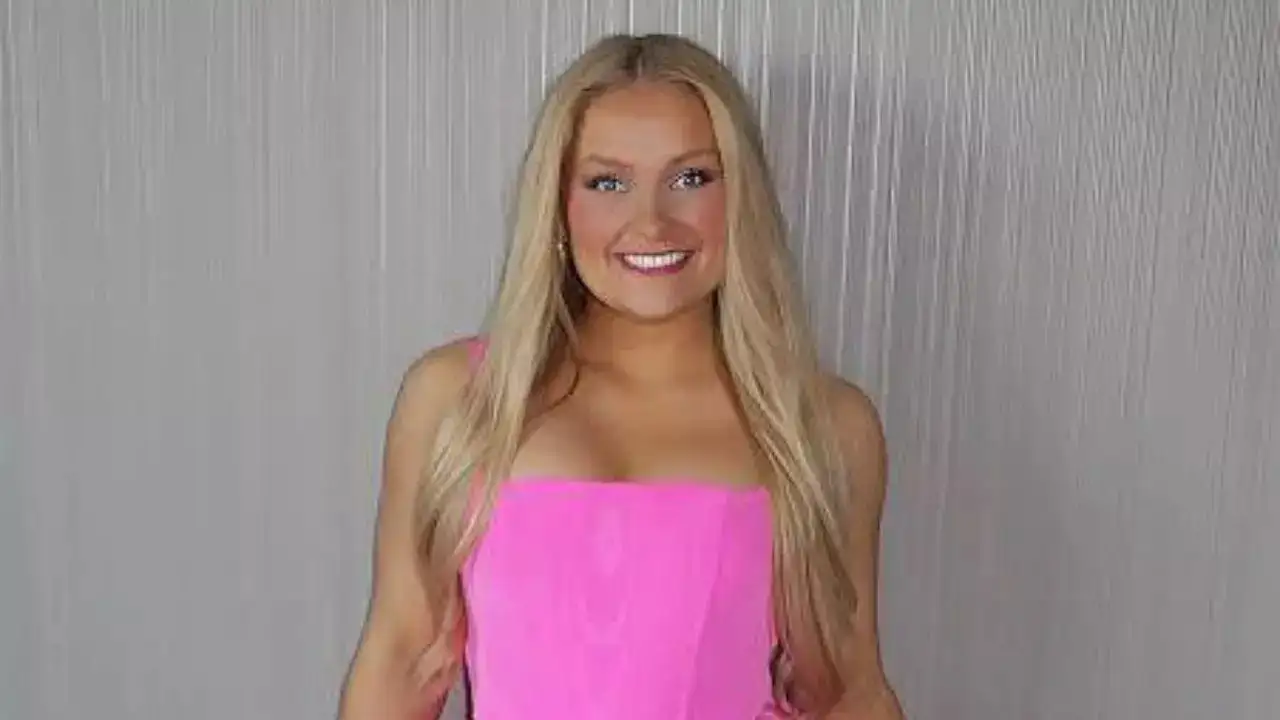By Bob Sigall
Copyright staradvertiser

Hawaii has less than one-half of 1% of the U.S. population and land mass. Yet I seem to continually find that islanders have made an oversize impact around the world.
One example of that is a young man who was born in Honolulu in 1937. His name was Ron Jacobs.
In 1959, Jacobs teamed up with Tom Moffatt to turn radio station KHON into KPOI, Hawaii’s first rock ’n’ roll radio station. They created the Poi Boys, who put on stunts and “-thons” (wake a-thon, sleep a-thon, insult a-thon) that electrified their teenage listeners.
Jacobs went to California and took the helm of Los Angeles’s KHJ. It quickly became one of the top radio stations in the U.S.
In 1970, Jacobs founded American Top 40 with Casey Kasem and Tom Rounds. It was the most widely syndicated radio program in history.
San Diego Chicken
I knew Jacobs had played a role in creating the San Diego Chicken, but that’s all I knew. This week, I looked into it and what I found was impressive.
The San Diego Chicken (aka The KGB Chicken, or The Famous Chicken) is one of the most impactful mascots ever. But how was Jacobs involved?
In 1972, Jacobs was hired to be program director at radio station KGB in San Diego. (KGB was also the Soviet Union’s version of the CIA).
Jacobs and his assistant at the station, Rick Leibert, were brainstorming promotional ideas one day. “An associate, Jere Allan Brian, always said when we were stuck: ‘There’s something inherently funny about a chicken,’” Jacobs said.
“That was it! The idea of chickens somehow got our creative juices flowing. We hatched a promotional campaign for the station based on chickens. We erected large billboards which said ‘Rock Around the Cluck.’
“We manufactured ‘Official KGB Chicken’ shirts. We sent shirts to the Russian KGB, the CIA, FBI and State Department. Only (Secretary of State) Henry Kissinger wrote back to thank us. The FBI returned the Chicken Shirt in an evidence bag.
“In the midst of all this fowl play, with Easter around the corner, Leibert had an idea: ‘What we need is a 6-foot-tall chicken walking around the San Diego Zoo. He could hand out eggs and prizes,’” Jacobs continued.
“Leibert went to the San Diego Costume Company and ordered a chicken suit. It cost $100. The outfit looked like a taxidermist’s mistake.
“We hired Bill Degisher, our music researcher, to go to the zoo on Easter Sunday and hand out eggs. Degisher spent the day at the zoo, suffocating in the ill-fitting garment.”
The promotion flopped. Degisher said he’d never do it again. But Jacobs persisted. He spent $500 on a better chicken suit and hired Ted Giannoulas, an intern at KCR, the San Diego State University radio station, to wear it.
Ralph Haberman was hired as the Chicken’s road manager and bodyguard.
He planned to introduce The Chicken at an Aerosmith concert at the Sports Arena. It hadn’t been cleared with the concert promoters.
The Chicken’s grand entrance was obstructed by a security guard who asked Giannoulas to stop dancing in an unauthorized area. A fight ensued and the guard made a citizen’s arrest of The Chicken.
It made the television news that night. The next night, Giannoulas went to a San Diego Padres baseball game and strutted onto the field wearing leggings with convict’s stripes. He won over the crowd.
When Elvis played San Diego, The King spotted The Chicken dancing in the aisle. “There’s The Chicken!” he exclaimed, and doubled over with laughter. The band, in the midst of a furious version of “Maybellene,” came to a stop.
Gerald Ford
KGB created billboards that showed The Chicken a la King Kong, climbing local landmarks such as the Hotel Del Coronado and the Sea World tower.
“These were spotted by an advance party for President Gerald Ford, coming to town to campaign,” Jacobs said.
“The Chicken was invited to join the president at a San Diego campaign rally. Ford introduced his guests: John Wayne, Zsa Zsa Gabor, Wayne Newton. ‘And, then we have The Chicken. I LOVE The Chicken!’ The crowd roared its approval.”
Giannoulas, in his yellow and red chicken suit, ran over and hugged President Ford. “I whispered to him to relax,” Giannoulas said, “and jerked both our arms up in the air. It looked like he was raising mine.”
All-Star game
The Chicken was hired to perform at the 1978 Major League Baseball All-Star game. “As I was cavorting on the field,” Giannoulas said, “I passed by the front row of seats.
“There was Bowie Kuhn, the commissioner of Major League Baseball, sitting next to Gerald Ford. I didn’t expect it. He caught me off guard.
“He said, ‘Ted, how are you doing?’ I thought, ‘Oh man, he knows my name.’ I shook hands with him.
“I said, ‘I’m doing fine, Mr. President. Thank you very much.’
“It was between innings and I had to scoot off field and let the game resume, but I was taken aback by that moment.”
Later, The Chicken’s costume head was donated to the Gerald Ford Presidential Library in Ann Arbor, Mich.
Michael Jordan
Another egg-straordinary moment for Giannoulas was crossing paths with basketball star Michael Jordan.
“I was doing a game for the Chicago Bulls. I was in the stadium basement showing some kids, dressed up in baby chicken suits, how to follow me out onto the court,” Giannoulas said.
“While I was rehearsing with them, and their parents were standing nearby, the Chicago Bulls come out of their dressing room about 50 feet away. They were waiting to be introduced. They had the big musical fanfare and everything.
“Michael Jordan came over and shook hands with these little tykes. And then he tells them, ‘Now, you do what the chicken tells you to do out there, okay?’
“That was very nice of him to take a few moments to come over and shake the kids’ hands. The parents were flabbergasted, needless to say. That sure was a nice gesture, to come over and just shake hands with the kids as he did.”
Harpo in a chicken suit
Giannoulas, at 5-foot, 4-inches tall, has been compared to Harpo Marx and Charlie Chaplin, although he does not allow himself to be photographed out of costume.
When he first donned The Chicken suit, Giannoulas was paid $2 an hour by the radio station. When Easter was over, he started going to local Padres baseball games. He found that in costume, they let him in free and crowds loved his antics. He’d joke with players and argue with the umpires. Attendance at Padres games double over the first summer.
“The Chicken is a side of my personality that I didn’t know existed. If I did in my regular clothing what I do in the chicken outfit, they’d lock me up,” Giannoulas said.
He estimates he has performed more 5,000 times in more than 900 different arenas in all 50 states. He’s worn out more than 100 chicken suits. Sports mascots believe Giannoulas has elevated their entire profession.
Jacobs credited Giannoulas for The Chicken’s success. He and the staff at KGB played a role in creating the San Diego Chicken, “but with Giannoulas inside, he took flight.
“The first truth of mascots,” Jacobs said, “It’s not the costume, it’s the person inside.”
Jacobs moved back to Hawaii and lived in Pearl City. I had lunch with him every month or so, and he told me about his experiences. He died in 2016.
Bob Sigall is the author of the five “The Companies We Keep” books. Contact him at Sigall@Yahoo.com or sign up for his free email newsletter at RearviewMirrorInsider.com.



